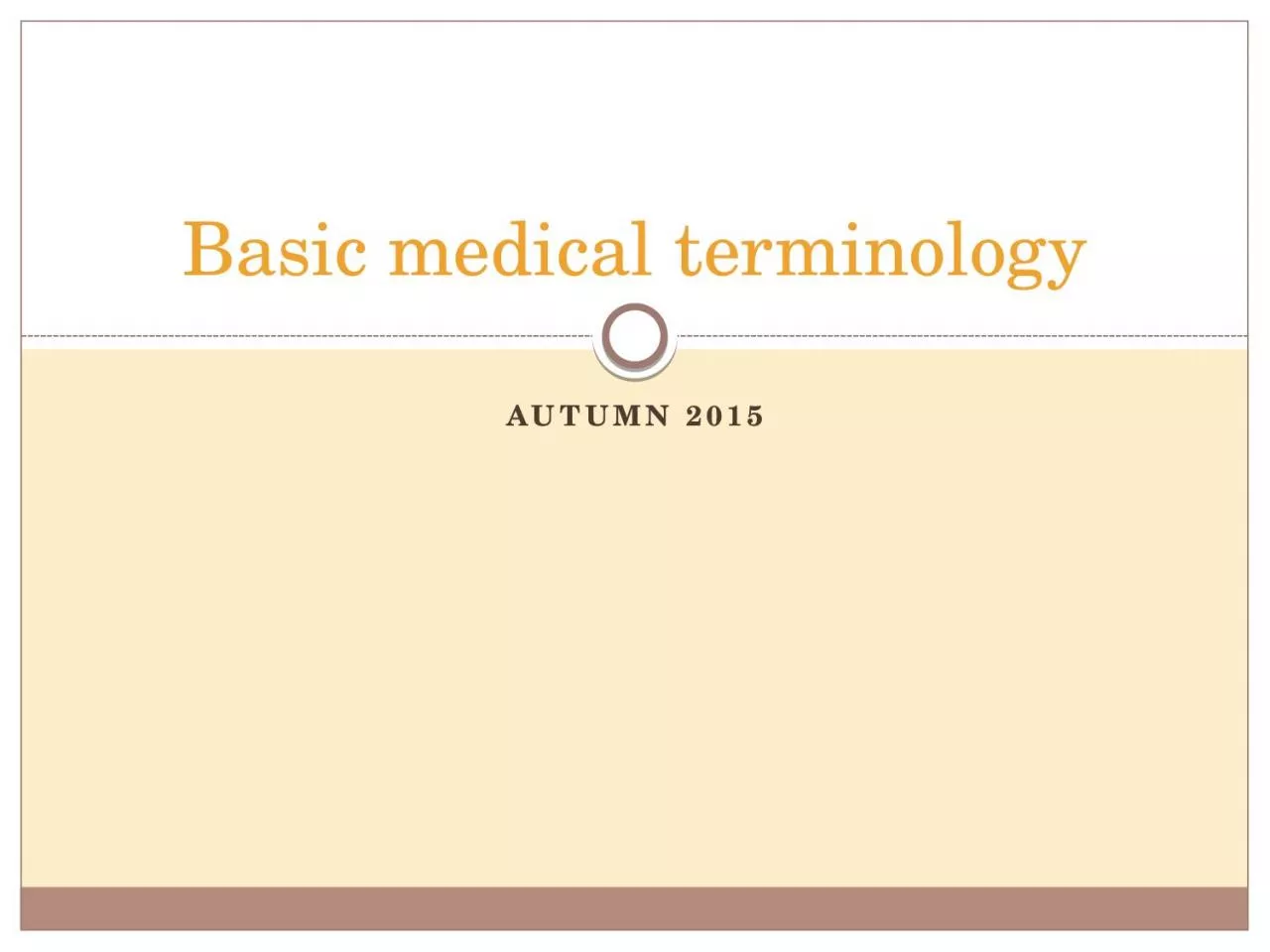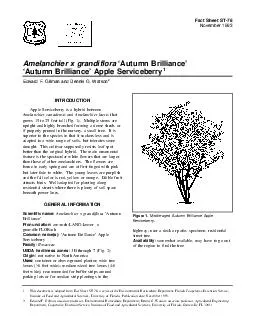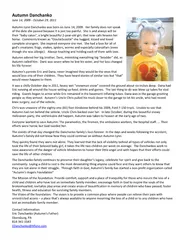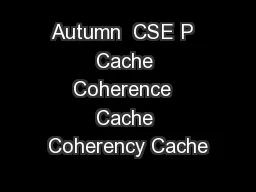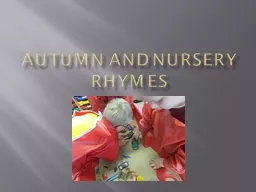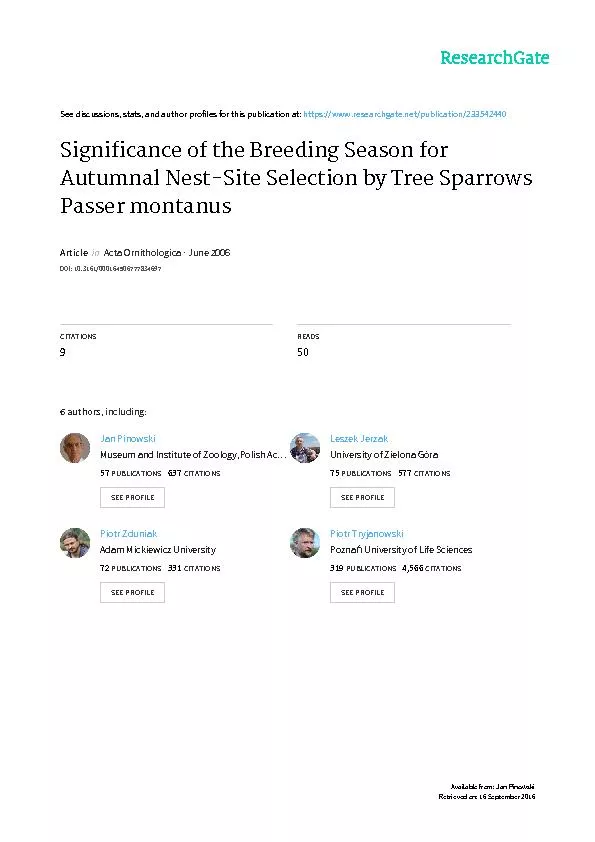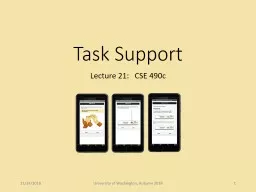PPT-autumn 2015 Basic medical
Author : Princecharming | Published Date : 2022-07-28
terminology Study materials Prucklová R Severová M Introduction to Latin and Greek Terminology in Medicine Praha KLP 2012 Unit 17 Teachers own materials
Presentation Embed Code
Download Presentation
Download Presentation The PPT/PDF document "autumn 2015 Basic medical" is the property of its rightful owner. Permission is granted to download and print the materials on this website for personal, non-commercial use only, and to display it on your personal computer provided you do not modify the materials and that you retain all copyright notices contained in the materials. By downloading content from our website, you accept the terms of this agreement.
autumn 2015 Basic medical: Transcript
Download Rules Of Document
"autumn 2015 Basic medical"The content belongs to its owner. You may download and print it for personal use, without modification, and keep all copyright notices. By downloading, you agree to these terms.
Related Documents

